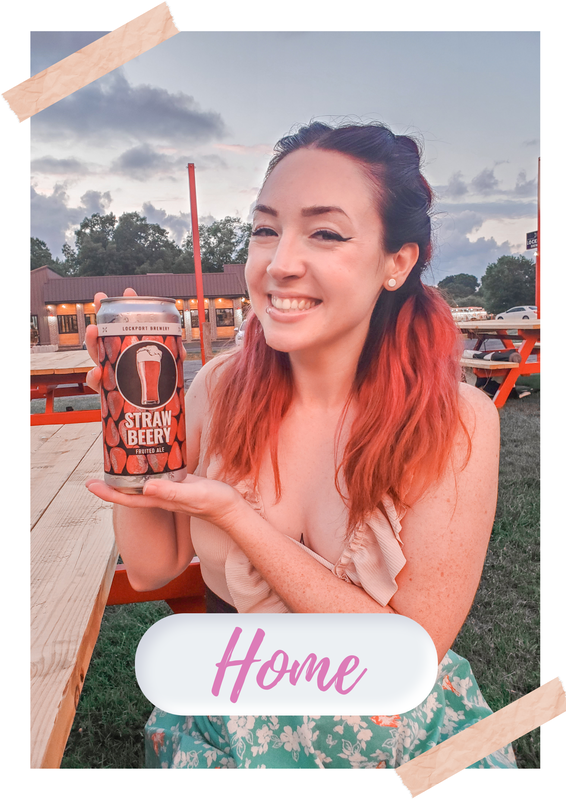Mobile devices have become a blessing among mobile shoppers by making transactions easier and more efficient. A 2014 Federal Reserve survey revealed that 17% of smartphone owners made a mobile payment in the last 12 months, which was up from the recorded 15% in the previous year. In an interview with US News, Dwolla CEO Ben Mine said that mobile users prefer mobile payments since it's more secure than credit cards. Most transactions on mobile use GPS (global positioning system), allowing the consumer to determine whether the process is legitimate or not.
Whether you’ve successfully launched your small business or just in the planning stages, it’s becoming quite clear that you need to pay attention to your mobile front if you want your business to be a success. Let’s take a look at the factors that led most consumers today to transact through mobile.
It’s all about the attitude.
An article from The Pando Daily gives us detailed statistics on how consumers behave towards mobile retail:
• Consumers choose mobile over PC
Gaming Realms, the company behind mobile gaming websitePocket Fruity, claimed that smartphone and tablet user bases would exceed PC installed bases by the end of 2013, and Pando Daily confirms this. The article said 55% of mobile shoppers tend to click advertisements on iDevices, while the figure rises to 90% for Android users. Shopping is said to be more appropriate on mobile, as the statistics revealed that desktops are more suitable for online dating and playing.
• Spending habits
The article listed the spending habits of mobile shoppers. For every transaction, users tend to spend £50 ($85) on retail goods, £61.25 ($105) on clothing, £121.86 ($209) on car rentals, and £212.34 ($364) on hotels.
Between the two mobile OS, iOS devices yielded more sales across the Europe and in the United States. Meanwhile, Android remained as the “more lucrative shopping platform,” in the rest of the world.
Improved mobile payment services drive more “aggressiveness”
In the mobile commerce industry, revenues are expected to exceed to £6.1 billion ($10.4 billion) across Europe by 2017. This data will be fueling certain efforts to improve retailers’ mobile shopping offerings, making more consumers “aggressive” towards mobile shopping.
The impact of mobile was compounded when PayPal announced its bid to drive more attention to mobile retail by presenting at the E-Commerce Expo. Paypal’s presentation was entitled “Commerce, mobile wallet and the future of Shopping,” which gave the company’s thoughts on the importance of delivering a variety of content to those mobile shoppers. These options are gleaned towards driving more attention, including personalized recommendations, apps, and custom designs.
What the customer wants in “the age of transparency”
Aside from the attitude in purchasing, mobile technology also made significant changes in how consumers choose the commodity they purchase, especially “in the age of transparency.” In a 2013 study by The Futures Company and Kantar Retail, it was revealed that consumers have become more adept to the value of a certain product, looking after the best services/products that are worth their money and time. They prefer these items to be at the lowest possible prices.
Aside from the quality, customers want various options for pick-up or same day delivery. This creates a big challenge for online and physical retailers, as the study said shoppers want these services for free. Thus, retailers are compelled to come up with ways to meet the shoppers’ demands for quality, value, and assurance.
Redefining the core aspects of mobile retail
For retailers, the same study from The Futures Company and Kantar Retail outlined four distinct aspects, allowing them to cater to the ever-changing demands and attitude of shoppers. Here are some of the takeaways:
• Convenience
As mentioned in the previous discussion, convenience refers to delivering quick service, competitive prices, same day delivery, and free pickups.
• Loyalty
Retailers must put themselves in the shoppers’ shoe, the study claims. They must adapt a shopper-centric thinking, and use big data to target the motivations, attitudes, and preferences of shoppers.
• Experience
Redefining the shopping experience becomes more possible through technologies such as in-store mobile apps to direct shoppers to the products they want. This could also be in the form of coupons for discounts and price comparisons.
• Value
Value happens when shoppers look beyond the price of the item, and decide whether their
purchase is a smart decision. The study said the word “smart” is tantamount to three factors – quality, price, and service.
*So what did you think of today's blog? Did you find it interesting? Informational? Helpful? Do you agree? Leave your comments below!
Peace Love and The Mobile Retail Area
Jess <3
This is a sponsored post.














